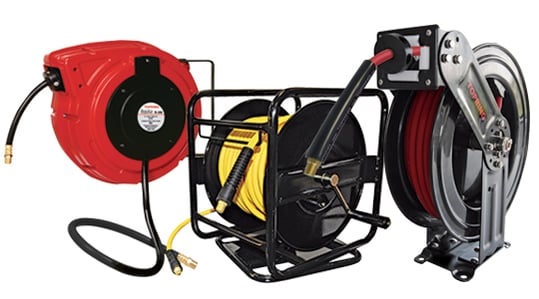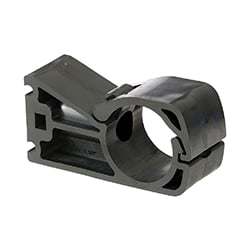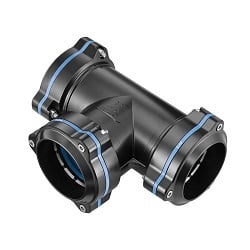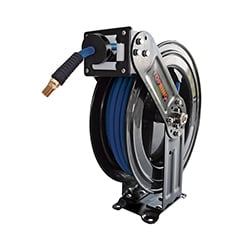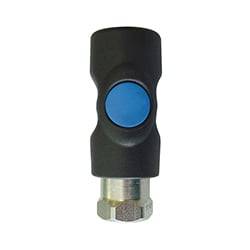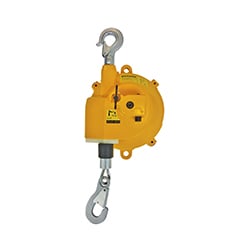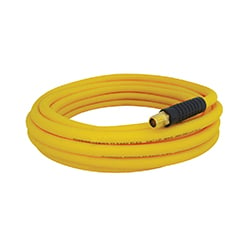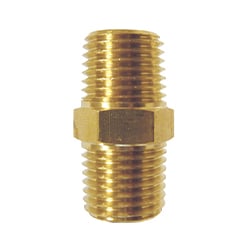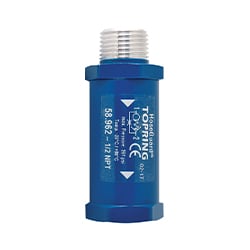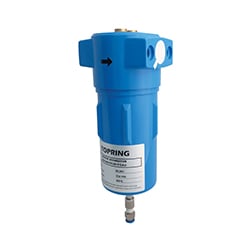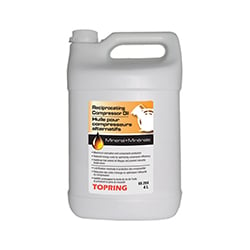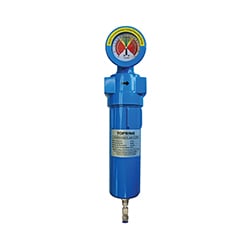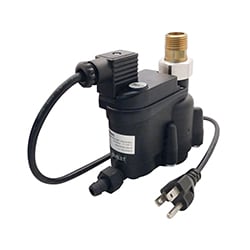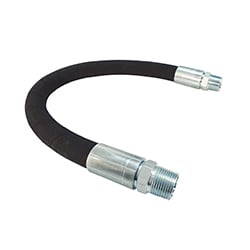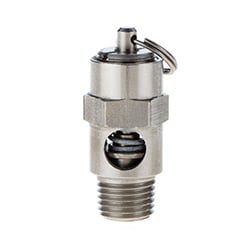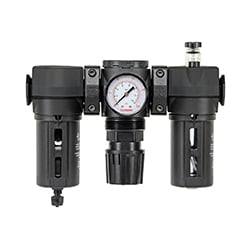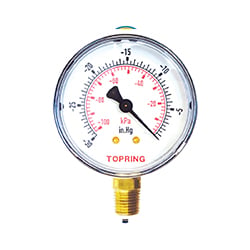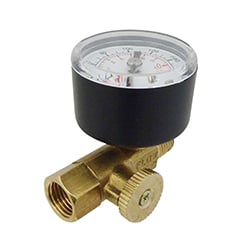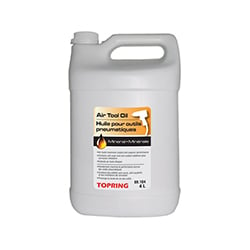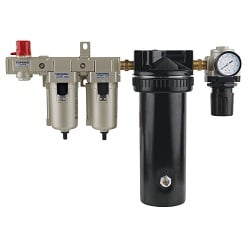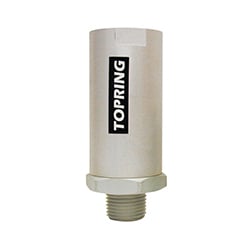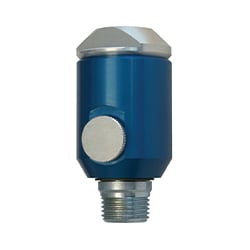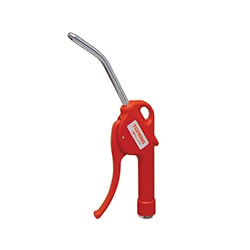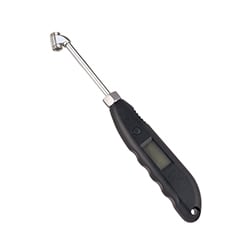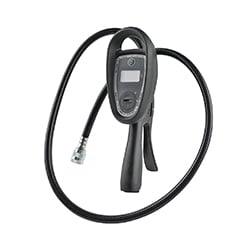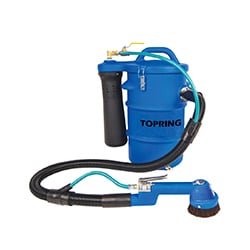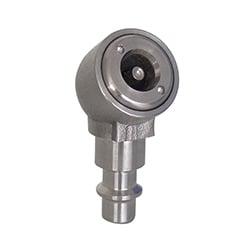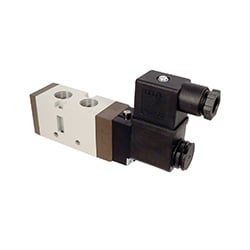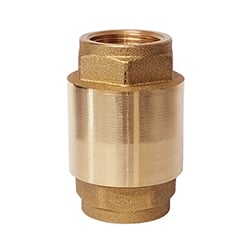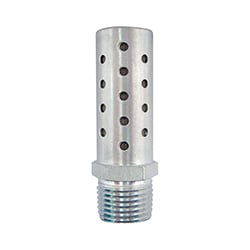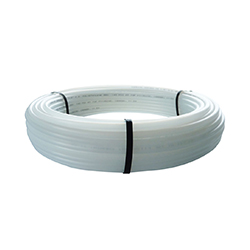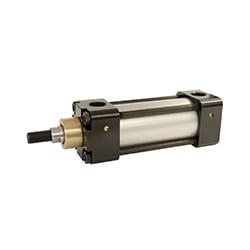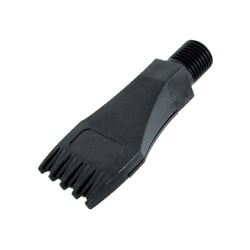Topring offers several types of flexible hoses. Each has distinct advantages. Choosing the right one involves first assessing the application and the working environment where the hose will be used.
To guide you through the selection process, we’ve listed the most important aspects to consider when choosing a compressed air hose. For simplicity’s sake, these have been separated into 4 steps.
Important : Keep in mind the location where you will be installing the flexible air hose and the application for which it will be used.
Step 1: Choose the right length
All lengths are good. The important thing to remember is to choose the length that you actually need.
Calculate the distance from the hose connection to the wall to the farthest point of use. The longer the hose, the greater the pressure drop. Choose the shortest hose possible for maximum performance and minimum pressure drop. But, still, make sure the hose is long enough to reach its full working range without being stretched, and allow for an extra meter or two of clearance for unexpected situations.
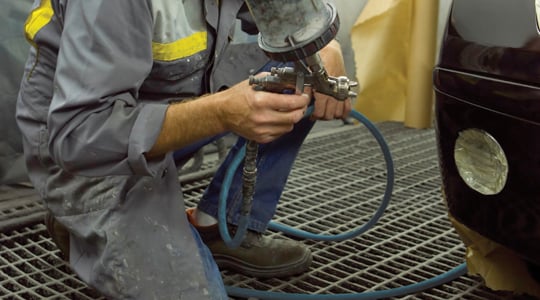
To select for the right hose length, be sure to know the total distance between the point of use (in the main system) and the work area where the pneumatic tool will be used.
👉 Always choose a hose length that balances maximum manoeuvrability for the pneumatic tool and as little pressure loss as possible.
Step 2: Determine the right inside diameter
The larger the inside diameter, the greater the airflow.
Choose the inside diameter sizing based on the length of the compressed air hose and on the air consumption of the pneumatic tool or equipment. Do not oversize the hose: a larger hose is also more rigid and heavier.
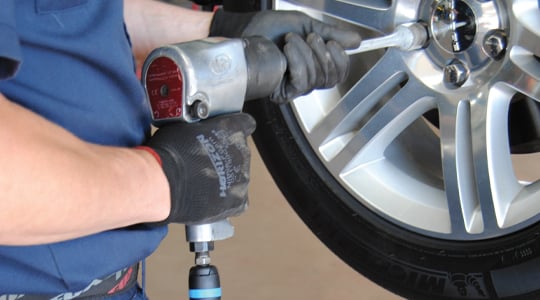
To determine the right inside diameter, make sure you know how much air is needed (SCFM) to optimally power your pneumatic tool or equipment.
For example, nailers and staplers operate with less than 0.10 SCFM/cycle, so a ¼-inch I.D. will do the job whether the hose length is 25 or 150 feet. However, a 1-inch impact tool that needs 87.5 SCFM to operate properly will require a ¾-inch or 1-inch I.D., depending on whether the hose length is 25 or 150 feet. To find out more about flexible air hoses and the minimum inside diameter, download the Reference Table for Flexible Hoses per Pneumatic Tool Type and Air Consumption (PDF).
Remember that the I.D. affects the overall weight of the flexible hose and that each additional foot will add to it.
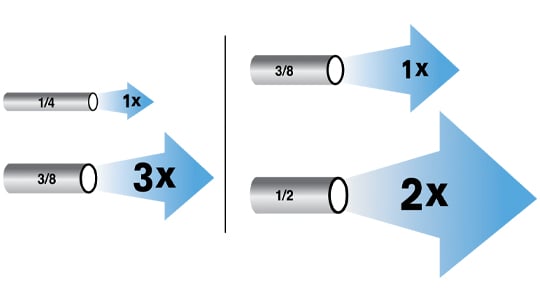 A 3/8 I.D. delivers 3 times more flow than a ¼ I.D., while a ½ I.D. delivers twice the flow of a 3/8. I.D.
A 3/8 I.D. delivers 3 times more flow than a ¼ I.D., while a ½ I.D. delivers twice the flow of a 3/8. I.D.
The following reference table indicates the air flow rate (SCFM) based on the length/diameter correlation of the compressed air hose.
| Hose I.D. In |
SCFM available at 100 PSI |
|||||
|
25’ |
35’ |
50’ |
75’ |
100’ |
150’ |
|
|
1/4 |
≤ 7 |
≤ 6 |
≤ 5 |
≤ 4 |
≤ 3 |
≤ 3 |
|
5/16 |
≤ 13 |
≤ 10 |
≤ 9 |
≤ 7 |
≤ 6 |
≤ 5 |
|
3/8 |
≤ 20 |
≤ 17 |
≤ 14 |
≤ 12 |
≤ 10 |
≤ 8 |
|
1/2 |
≤ 43 |
≤ 36 |
≤ 30 |
≤ 25 |
≤ 22 |
≤ 17 |
|
3/4 |
≤ 125 |
≤ 105 |
≤ 88 |
≤ 72 |
≤ 62 |
≤ 50 |
|
1 |
≤ 265 |
≤ 224 |
≤ 188 |
≤ 153 |
≤ 133 |
≤ 108 |
Note:
- Continuous consumption at 100 PSIG
- Average consumption (actual consumption may vary)
- Data for new flexible air hoses exempt of contaminants (water, rust, dust)
- Information based on a maximum 5 PSIG pressure drop
Step 3: Understand the pressure
Not all hoses have the same maximum working pressure rating. You must ensure that the air pressure entering the hose from your air system does not exceed the resistance of your hose. Otherwise, the hose could burst.
You should also make sure that the maximum working pressure of the hose is higher than the working pressure of your tool or equipment. This allows the tool to receive the optimum amount of air pressure to work properly.
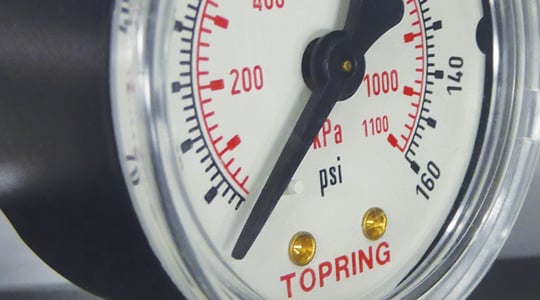 Flexible air hoses have different capacities. Make sure you know the maximum working pressure of your compressed air system and check whether it is compatible with the flexible air hose.
Flexible air hoses have different capacities. Make sure you know the maximum working pressure of your compressed air system and check whether it is compatible with the flexible air hose.
A regulator can reduce hose pressure to an air pressure that’s lower than the system’s air pressure. However, regulator settings can easily be changed. The safest approach is to select a compressed air hose based on the fact that the flexible air hose will receive its air supply at the pressure of the compressed air system.
For example, the pressure of an industrial compressed air system is usually between 90 and 150 PSI. Air tanks require a safety valve set at 150 PSI. Most flexible hoses are designed to withstand a pressure of at least 200 PSI. If that is not the case, protect them by installing a safety valve from Series 09.
Step 4: Choose the material
Before choosing a hose, make sure you know your work environment to avoid premature aging of the hose and to optimize its performance.
A compressed air hose is ill-suited to its environment or application if you see:
- Cracking and breakage that causes air leakage
- Premature aging
- Absorption of dirt
- Faulty connection
- Hardening in cold weather
- Softening due to heat
- Swelling and bursting
Additionally, the fluids (air, water, acids, oils, steam, etc.) carried by or in contact with the flexible hose must be compatible with the hose material. Material compatibility can be critical in some environments, like food processing and petroleum products.
Are you working in a freezer, or outside in the middle of winter at -25 °C?
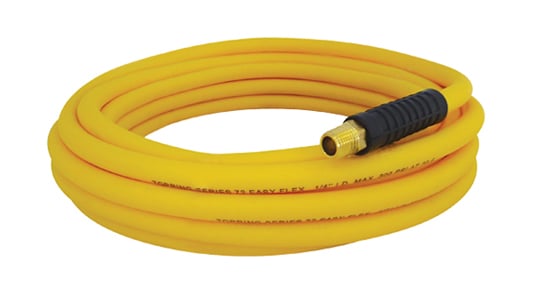 |
👉 Choose hybrid polymer, which keeps its flexibility even under extreme temperatures. |
Are you working outdoors on roofs in the summer at 30 °C?
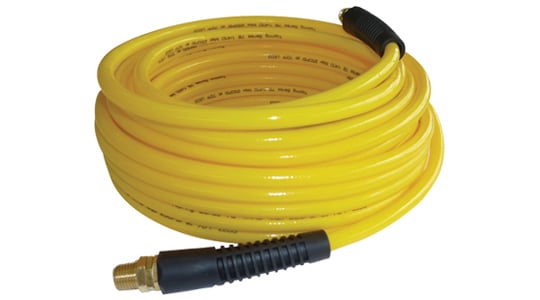 |
👉 Choose a polyurethane hose, which is lighter than rubber and UV resistant. |
Are you working in a welding shop?
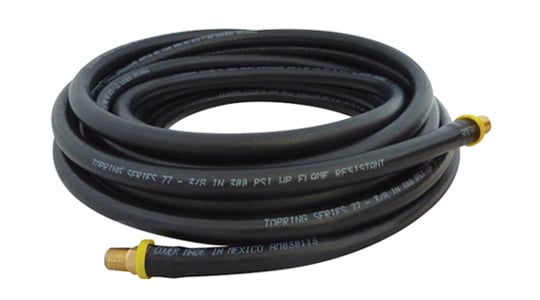 |
👉 Choose a spark-resistant rubber hose. |
Are you working in a garage that comes in contact with certain oils?

|
👉 Choose a hose with an oil-resistant rubber sheathing. |
Are you working in a paint shop?
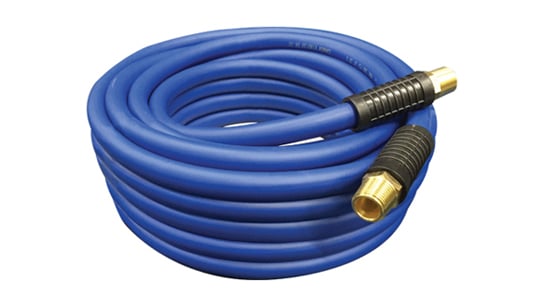 |
👉 Choose a hybrid polymer hose with high resistance to chemicals, solvents, and paint. |
For our complete selection of flexible hoses, visit the S70-78 Flexible Hoses section on the website.
Make your air hose safer with a air fuse
When a pressurized flexible air hose ruptures, compressed air escapes uncontrollably. The hose can then become a wild, thrashing hazard with the potential to damage production and seriously injure workers. The air fuse provides protection in case a compressed air hose breaks free or ruptures. When air consumption exceeds a preset value, an internal piston instantly cuts off the airflow and the air line.
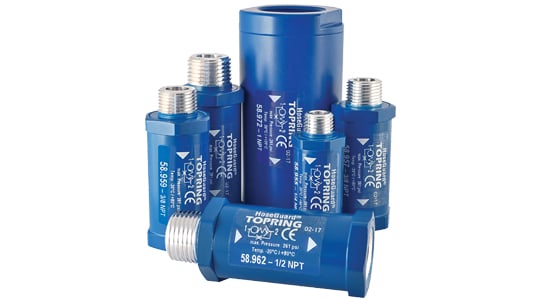
Keep your workspace safe and efficient
Most of our flexible hoses are available with a reel. This is a practical solution that prevents flexible air hoses from being dragged on the ground, keeping accidents at bay and reducing premature wear. A reel also makes it easier for users to access the compressed air hose and increase worker efficiency—no more time wasted unraveling kinks!
